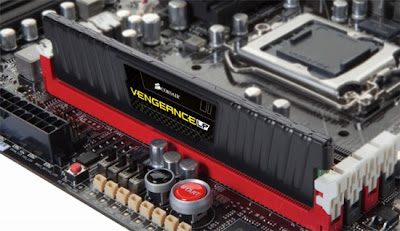
Intel’s integrated graphics processing units have historically been manifesting horrible performance. Many computer enthusiasts have always been complaining about the chip not being able to run countless games and applications that required the GPU to perform well.
Most of this ended when Intel launched Ivy Bridge. Although not quite a particularly powerful GPU, the Ivy Bridge iGPU is able to run at very high speeds, has a very special and useful function in Intel’s QuickSynk and will run most of the games developed in the previous decade. Seeing that the competition on the low and mid-end market is getting tougher and tougher as its main competitor is offering APUs featuring $100 GPUs, Intel seemingly decided to work...



 7/11/2012 08:16:00 PM
7/11/2012 08:16:00 PM
 dannzfay
dannzfay






















